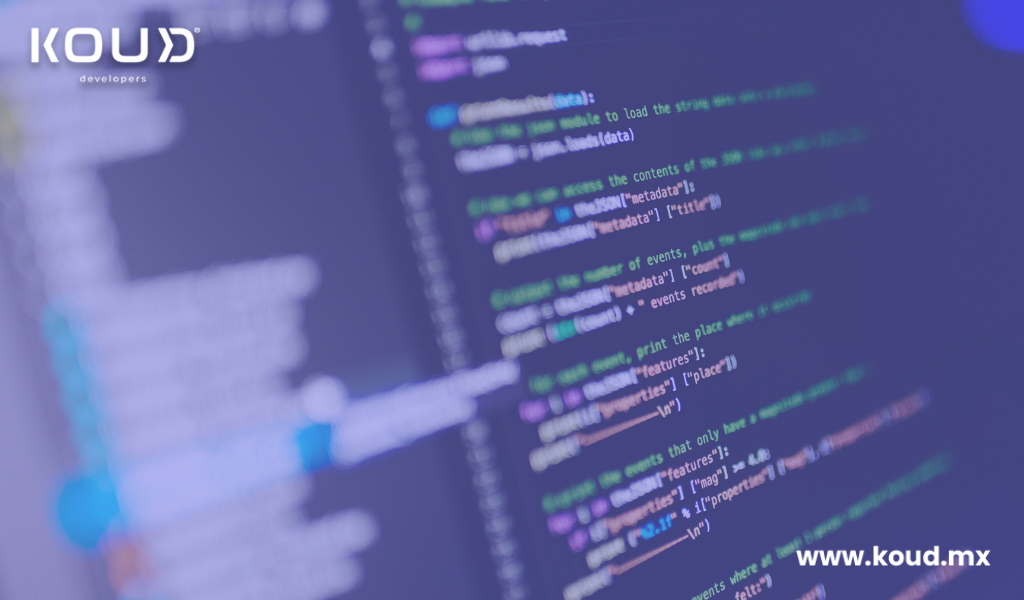Long-Term Benefits of Custom Software vs Off-the-Shelf Solutions
When evaluating new technology, companies often prioritize upfront costs. However, from my experience managing technology investments, true value reveals itself over time. While custom software requires a higher initial investment, its long-term return often surpasses what off-the-shelf solutions can offer. This article explores the strategic long-term benefits of choosing custom-built systems.
Return on Investment: Beyond Initial Cost
The ROI of a system isn’t just about how much it costs, but how much value it generates. Custom software is designed around the company’s core processes, which allows it to:
Reduce operational time from the first year
Minimize costly human errors
Optimize both human and technological resources
Improve profitability per unit of output
Adapt seamlessly to business changes
In one project I led, the company saw a 30% reduction in operating costs by the second year, and increased productivity levels that wouldn’t have been possible with a standard software package.
Ownership and Control: Long-Term Strategic Assets
A key distinction is ownership of the code. With off-the-shelf software, companies are essentially renting access. With custom solutions, you own the system:
No licensing restrictions
Freedom to evolve with your business model
No surprise costs for adding users, storage, or features
Potential for reuse or monetization in other projects
This level of control becomes especially valuable for companies planning to scale or diversify.
Adaptability to Organizational Change
While commercial solutions depend on general updates from the vendor, custom-built software evolves alongside your business. It can easily adapt to:
Internal process changes
New business units or offerings
Compliance with new regulations
Integrations with emerging or industry-specific technologies
This flexibility allows your company to remain competitive without the need to reinvest in a new system.
Progressive Maintenance: Invest Once, Grow Continuously
Custom software maintenance is evolutionary, not fixed. Unlike ongoing license fees, you only invest when updates or new features are needed. Plus, your support team is already familiar with the system architecture, reducing response times and improving quality.
Off-the-Shelf Solutions: Fast Start, Limited Long-Term Vision
Commercial software can be ideal for early-stage businesses, but limitations become clear as you grow:
Ongoing subscription costs
Limited real customization
Scalability issues
Vendor-controlled development roadmap
Innovation tied to third-party decisions
Many companies that start with SaaS end up migrating after 3 to 5 years, with all the cost and risk that entails.
Planning for the Future Saves in the Present
Custom software is not just an operational tool—it’s a long-term investment in scalability, control, and strategic growth. Compared to off-the-shelf platforms, its return becomes increasingly evident over time. If your company plans to scale, differentiate, or remain competitive, the greatest value lies in building your own foundation for growth.
Empresa
- Nosotros somos
Somos una empresa mexicana con más de 12 años de trayectoria en la industria
Servicios
- Desarrollo de Software a la medida
- Staffing TI
- Headhunting TI
Contacto
- +52 1 33 2342 9770
- letskoud@qa.koud.mx
- Av. Patria 2085 int. 175 piso 1 puerta de hierro Zapopan Ja. 45116


